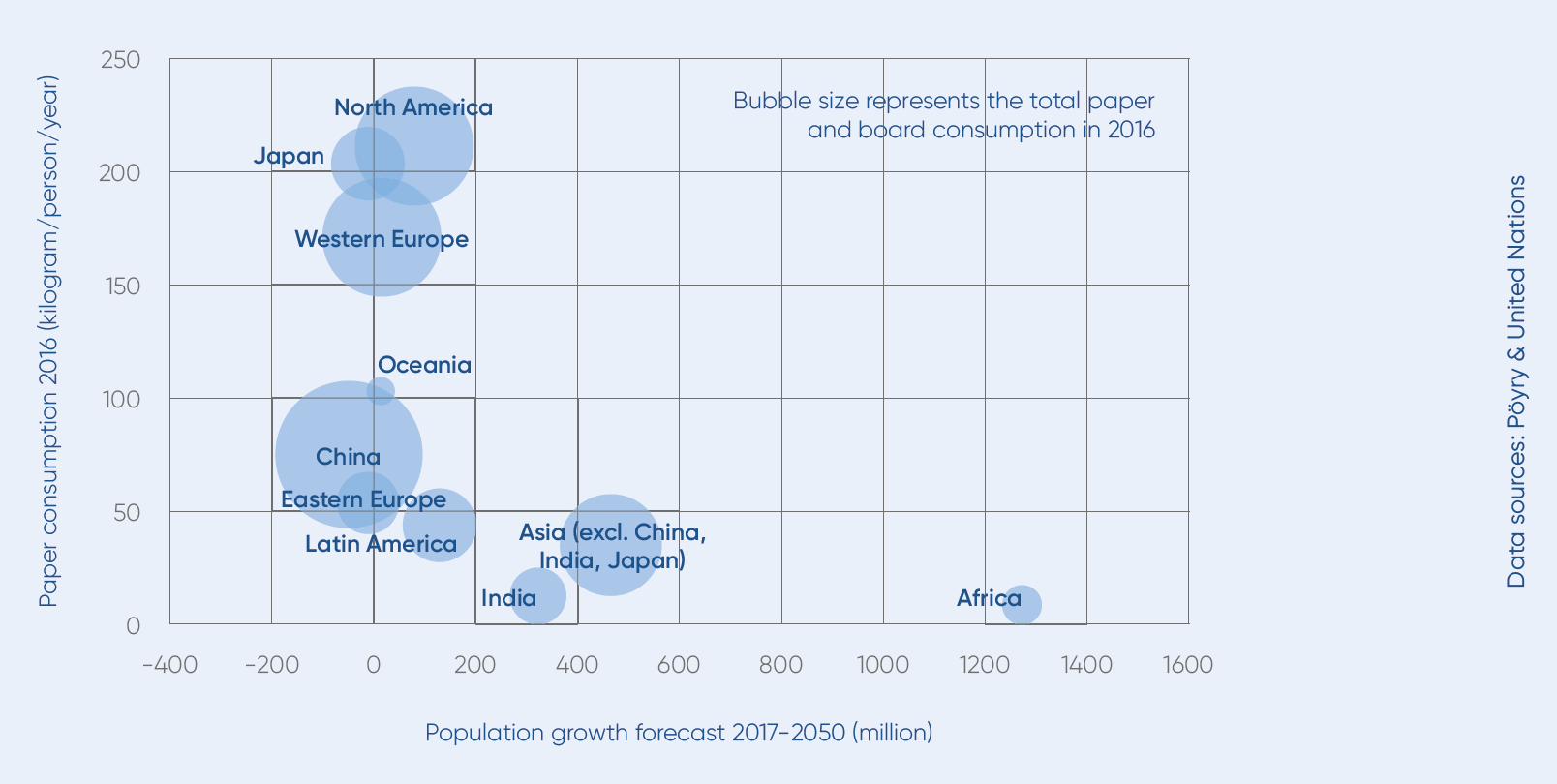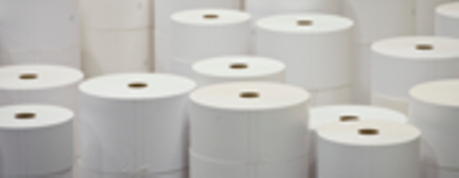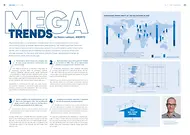1.
Technological advancements are changing how we shop, access information, communicate, and produce things.
The explosive growth of e-commerce is becoming an increasingly important driver for packaging materials demand. Individually delivered goods require significantly more packaging material than store-delivered goods. On the other hand, there is no denying that digitalization has put pressure on graphic paper demand. Global total and per capita consumption peaked in 2007 and has been in decline ever since.
Digitalization is revolutionizing the pulp and paper production processes. Industrial IoT solutions for quality measurement, predictive maintenance, and optimization offer many exciting opportunities for mill performance improvement.















